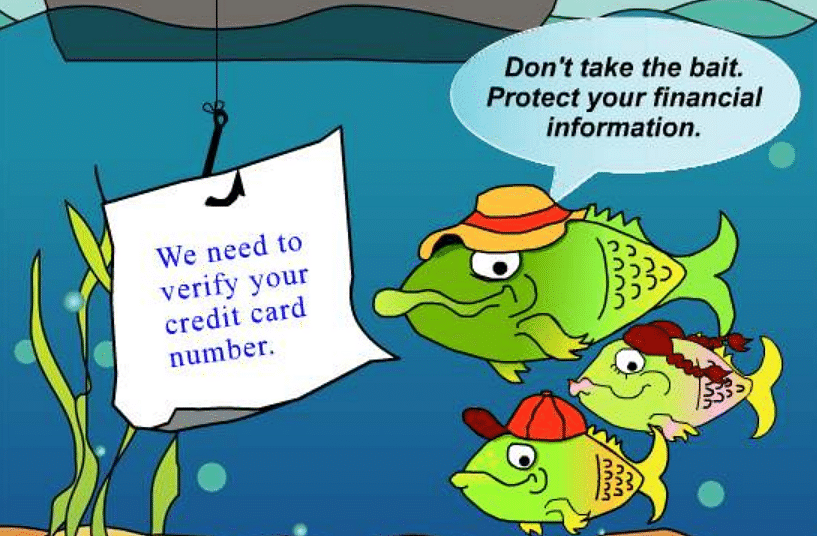
Thanks to low-cost internet data and mobile phones, many people, particularly in India, are increasingly using online mode to avail various services. Though it is convenient, thousands of naive users have fallen prey to phishing and lost hard-earned money.
To help you become aware of the phishing, an online fraud technique, DH News lists some of the most important dos and don'ts, which will help identify, prevent and secure bank accounts in future.
How does phishing work?
In India, phishing frauds have reached epidemic proportions and in most cases, cybercriminals pose as Income Tax or as a bank official. The former tells the victim, that he/she wants to transfer excess IT returns to the bank account and reveal the account number.
Within minutes, criminals get into action by initiating a transaction and when One Time Password (OTP) get sent to the victim, they call the former and get it. Before naive user could realize the blunder, the money will be siphoned off from the bank account.
Even top police officials in Bengaluru have fallen victim to debit card frauds. Miscreants reportedly posing as a bank official, warns the user that his/her debit card is about to get expired and need to be renewed immediately. Unsuspecting user naively reveals both the card number and also the CVV (Card Verification Value) code. Within minutes, they will get a message of money, sometimes running into a couple of lakhs (depending on the user's transaction limit) get siphoned off.
In a more sophisticated plan, hackers with website design knowledge create a webpage of a reputable bank or a corporate company with an original logo. Then, they shoot emails to random users warning them usual baits such as their bank account has been hacked or debit card is on the verge of expiration and need to be updated going to the URL in the mail below.
Then, they will be diverted to an unreliable website and within minutes, a pop message will get displayed warning that the phone/the PC is infected with a virus and urge the user to download an anti-virus software immediately. Naive users install without knowing the fact the firmware is riddled with malware and it will scan through the whole system and steal all financial details. In some instances, if the user is a high-profile political or business figure, the criminals try to pilfer sensitive information like private images to blackmail them.
Here's how to prevent phishing attack:
It goes without saying that everyone should have an anti-virus app on their phone and on the computer
Always update your phones and PCs with the latest security updates. Google usually rolls out updates monthly, while Apple release as when they discover any vulnerability in the iOS and
MacOS devices. Microsoft too does the same for Windows computers.
Always be wary of emails sent by unknown names, as in most cases they are fraudsters or annoying telemarketing personnel. Never reply to them, just tag them as spam and move on
Never reveal One Time Password(OTP) nor the debit/credit/CVV numbers to anybody. No bank official or even the Income Tax official ask for financial details by mail or on call or through SMS.
When you are asked to put in debit card/credit card details on a website, make sure the URL has 'https://'. If it has just http:// without the 's', kill the link
If you download a file or get a pen drive with movies from a friend or anybody. Just to be on a safer side, scan the system with an anti-virus application. It will only take a few minutes and definitely save you from potential malware or ransomware attack.
Get the latest news on new launches, gadget reviews, apps and more on personal technology only on DH Tech.
